Higher classification Nocardiaceae Phylum Actinobacteria | Suborder Corynebacterineae Scientific name Rhodococcus Rank Genus Order Actinomycetales | |
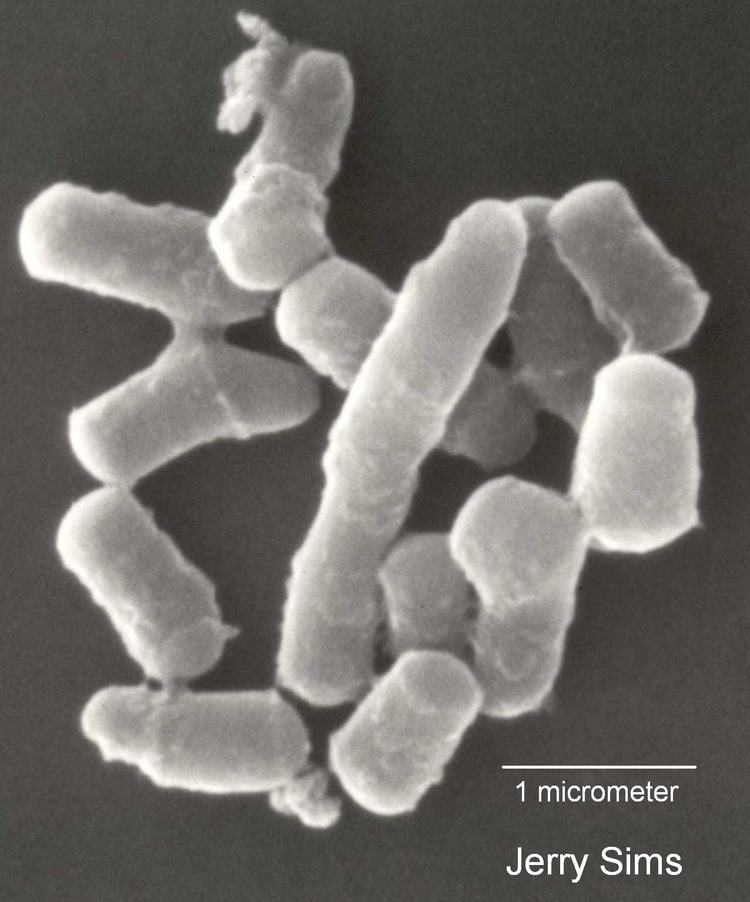 | ||
Lower classifications Rhodococcus equi, Rhodococcus rhodochrous | ||
Prescott john rhodococcus research report on research
Rhodococcus is a genus of aerobic, nonsporulating, nonmotile Gram-positive bacteria closely related to Mycobacterium and Corynebacterium. While a few species are pathogenic, most are benign, and have been found to thrive in a broad range of environments, including soil, water, and eukaryotic cells. Fully sequenced in October 2006, the genome is known to be 9.7 megabasepairs long and 67% G/C.
Contents
- Prescott john rhodococcus research report on research
- Biodegradation of organic pollutants
- Pathogenic Rhodococcus
- In molecular biology
- Species
- References

Strains of Rhodococcus are important owing to their ability to catabolize a wide range of compounds and produce bioactive steroids, acrylamide, and acrylic acid, and their involvement in fossil fuel biodesulfurization. This genetic and catabolic diversity is not only due to the large bacterial chromosome, but also to the presence of three large linear plasmids. Rhodococcus is also an experimentally advantageous system owing to a relatively fast growth rate and simple developmental cycle, but is not well characterized.
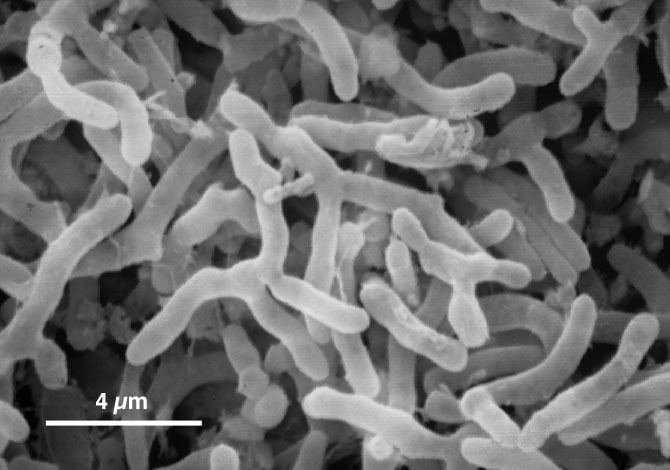
Another important application of Rhodococcus comes from bioconversion, using biological systems to convert cheap starting material into more valuable compounds, such as its ability to metabolize harmful environmental pollutants, including toluene, naphthalene, herbicides, and PCBs. Rhodococcus species typically metabolize aromatic substrates by first oxygenating the aromatic ring to form a diol (two alcohol groups). Then, the ring is cleaved with intra/extradiol mechanisms, opening the ring and exposing the substrate to further metabolism. Since the chemistry is very stereospecific, the diols are created with predictable chirality. While controlling the chirality of chemical reaction presents a significant challenge for synthetic chemists, biological processes can be used instead to faithfully produce chiral molecules in cases where direct chemical synthesis is not feasible or efficient. An example of this is the use of Rhodococcus to produce indene, a precursor to the AIDS drug indinavir, a protease inhibitor, and containing two of the five chiral centers needed in the complex.
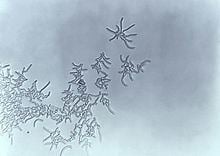
Biodegradation of organic pollutants
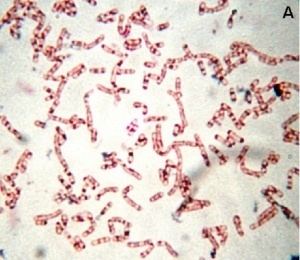
The burgeoning amount of bacterial genomic data provides unparalleled opportunities for understanding the genetic and molecular bases of the microbial biodegradation of organic pollutants. Aromatic compounds are among the most recalcitrant of these pollutants, and lessons can be learned from the recent genomic studies of R. jostii RHA1, one of the largest bacterial genomes completely sequenced to date. These studies have helped expand the understanding of bacterial catabolism, noncatabolic physiological adaptation to organic compounds, and the evolution of large bacterial genomes. A large number of "peripheral aromatic" pathways funnel a range of natural and xenobiotic compounds into a restricted number of "central aromatic" pathways. Some pathways are more widespread than initially thought. The Box and Paa pathways illustrate the prevalence of nonoxygenolytic ring-cleavage strategies in aerobic aromatic degradation processes. Functional genomic studies have been useful in establishing that even organisms harboring high numbers of homologous enzymes apparently contain few examples of true redundancy. For example, the multiplicity of ring-cleaving dioxygenases in certain rhodococcal isolates may be attributed to the cryptic aromatic catabolism of different terpenoids and steroids. The large gene repertoires of pollutant degraders such as R. jostii RHA1 have evolved principally through more ancient processes. Rhodococcus sp. strain Q1 (American Type Culture Collection strain number 49987), isolated from soil and paper mill sludge, is able to degrade quinoline, various pyridine derivatives, catechol, benzoate, and protocatechuic acid.
Pathogenic Rhodococcus
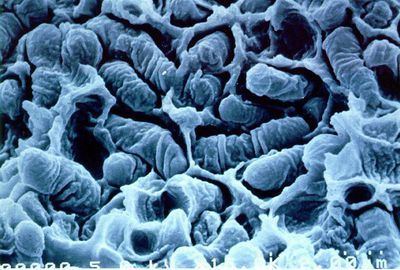
The genus Rhodococcus has two pathogenic species: R. fascians and R. equi. The former, a plant pathogen, causes leafy gall disease in both angiosperm and gymnosperm plants. R. equi is the causative agent of foal pneumonia (rattles) and mainly infects foals up to three months in age. However, it has a wide host range, sporadically infecting pigs, cattle, and immunocompromised humans, in particular AIDS patients and those undergoing immunosuppressive therapy. Interestingly, both pathogens rely on a conjugative virulence plasmid to cause disease. In case of R. fascians, this is a linear plasmid, whereas R. equi harbors a circular plasmid. Both pathogens are economically significant. R. fascians is a major pathogen of tobacco plants. R. equi, one of the most important foal pathogens, is endemic on many stud farms around the world.
In molecular biology
Rhodococcus has also been identified as a contaminant of DNA extraction kit reagents and ultrapure water systems, which may lead to its erroneous appearance in microbiota or metagenomic datasets.
